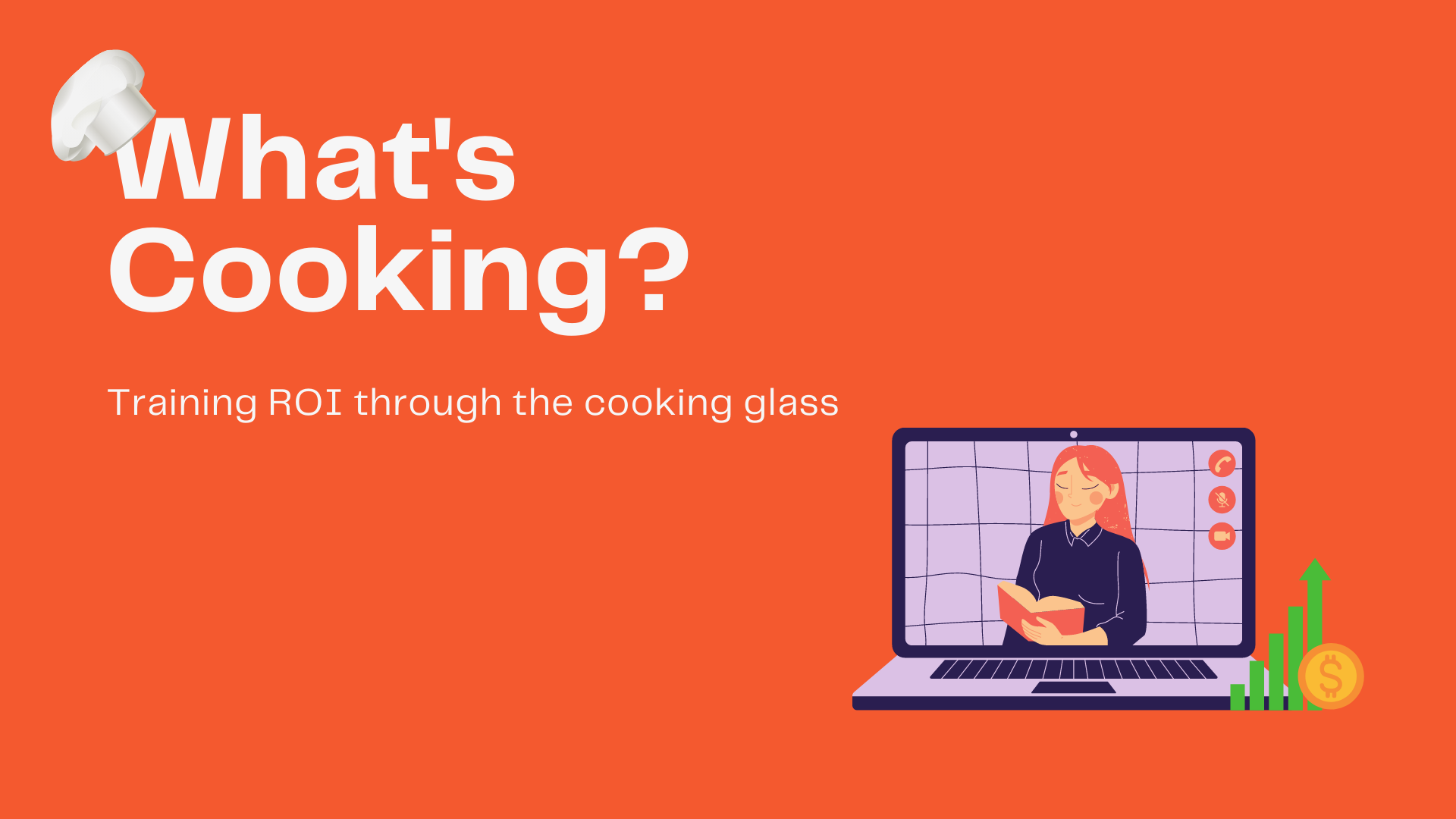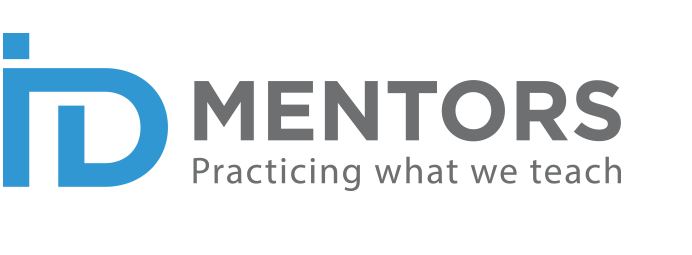
I think Indian cooking is a conspiracy. Hatched by whom, I don’t know. There are days when I wish I didn’t have to cook; and there are days when cooking has helped me ideate. Yesterday happened to be one such day when I had this Eureka moment. What if we had to determine the ROI for Indian cooking? It would be quite an uphill task – very similar to determining Training ROI. Let me explain.
Isolation Factor
A typical Indian dish (more so, South Indian because I am one) takes “form and taste” after a lot of hard work. The planning, measuring, pounding, grinding, steaming, chopping, and seasoning with half a dozen spices is no mean feat. Now if someone asks, which of these is responsible for the heavenly taste, it’s hard to say. How does one identify whether it is one of the processes, a certain spice or the way vegetables have been chopped that’s the cause for the taste? How do you isolate that one factor?
Determining Training ROI in organizations is no different. Organizations are rarely static. There’s always something happening. – a new boss, changes in team configurations, change in processes, and introduction of new software to name a few. It is very difficult to isolate the training factor – in other words, how much the training contributed to a business result (such as reduction in rework, increase in productivity or customer satisfaction).
Budget Considerations
Now suppose you do decide to identify that one factor which makes a dish taste either good or bad. You will have to make the dish umpteen times – each time, removing one of the ingredients, or a certain process. Imagine the quantity of ingredients you will have to purchase, and what this will do to your budget. Similarly, determining ROI involves effort, and most times the effort is spread over a long period and involves more than one department (HR, L&D, Administration, Operations and Senior Management). This will cost the organization money. Consider this – training happens and Level 1 feedback is taken; then an assessment determines training effectiveness at Level 2; learning transfer will happen over a period of time with support from managers, which is also measured to collate data at Level 3. All this will require budget allocation, and it will have to be taken from the training budget.
Intangibles
Finally, suppose you are cooking a dish for your child. All the love and affection with which you do this cannot be quantified. The special attention that you pay to make the dish nutritious and tasty – well that cannot be measured either. Training too results in benefits that cannot be measured easily. For example, training can result in improving employee morale, better teamwork and lesser conflicts, increased commitment to the organization and reduced complaints. This is soft data, which cannot be assigned a monetary value. These are called Intangibles.
Easier said than done
So, you see, determining Training ROI is good practice, but a rather complicated affair. It’s great to mouth platitudes about it, but it is easier said than done. To use 21st century parlance, this is one aspect where you cannot say KISS (Keep It Simple, Silly)!



0 responses on "What's cooking? Training ROI through the cooking glass"